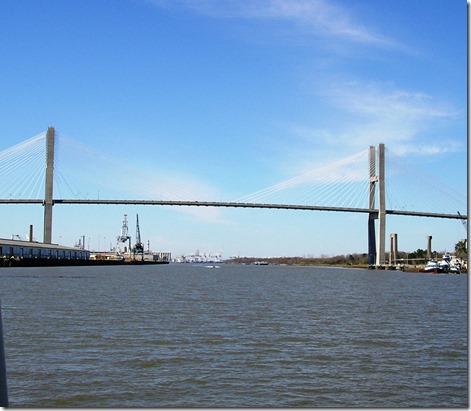He is risen! Alleluia.
Ann Voskamp has had several guest posters on her blog in past weeks, especially while she was in Haiti. One of these was Leslie Leyland Fields. I found her post about the waves and storms in Alaska compared to the storms of life interesting. I decided to read an earlier post. She mentions in it that her brother-in-law who is director of the Dead Sea Scrolls Foundation showed her a fake scroll that looked authentic. Weston?!
But of course, I should have deduced. Last name Fields, lives on Kodiak Island, Alaska, salmon fishes in the family enterprise. I knew Weston Fields when he was a professor at Grace College in Indiana. We haven’t seen much of him except at conferences or a few times he popped into my husband’s office in Dallas. He lives in Jerusalem now.
We have such good memories of the salmon he brought back every August to share with his faculty colleagues and spouses by inviting them to a salmon dinner at his house. When my husband and I were first married, we rented Weston’s house for 2 months while ours was under construction. He and his wife Bev and daughter Tammy were in Alaska.
Leslie has photos of the island where the family fishes. I had never seen any from Wes. I find her writing engaging and will certainly be visiting again to peruse more posts and links. She travels around the United States giving workshops on writing and speaking at conferences so she is no amateur.
These thoughts from Ann Voskamp challenged me today. How about you? Are we willing to let go of our ideas of what our lives should be and see God work? For some of us, our natural inclinations and behavior traits go contrary to “let go and let God”, but we need to at least pray about what has been presented and have the Holy Spirit gently nudge us where God wants us.
From Ann:
Dare to be grateful for every good thing. And dare to know it’s all good. That’s what God does: God works everything for good.
Dare to never make pain invisible but dare to say injustice is intolerable. This takes courage. This takes Christ.
Dare to give up clarity — because God gives a call. Dare to give up life road maps — because God gives a relationship.
Dare to live without answers — because God gives His hand.
Dare to live by faith — not by feelings, formulas, facts or fences.
Nothing is impossible with God.


















































